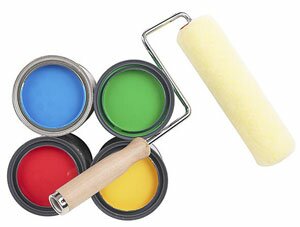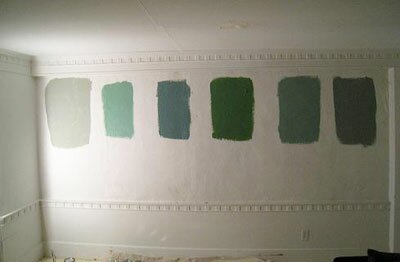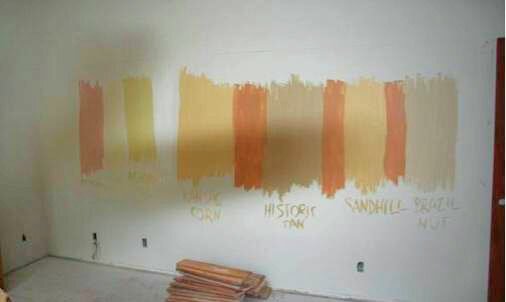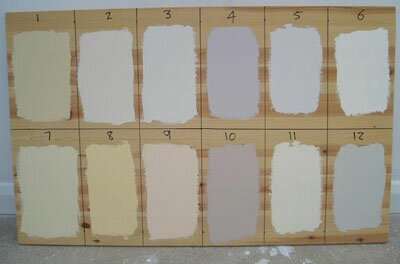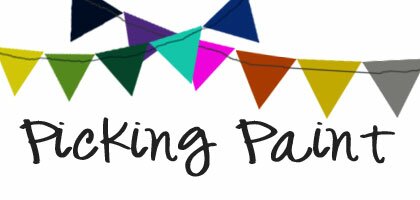 This post probably should have been done at the very beginning of this series but hey I’m saving the best for last! If you need tips on how to choose and coordinate colors in your room, or rooms that join together, this should be helpful. The color wheel can be very in depth so I’m going to try to give you a brief rundown that covers the key points.
This post probably should have been done at the very beginning of this series but hey I’m saving the best for last! If you need tips on how to choose and coordinate colors in your room, or rooms that join together, this should be helpful. The color wheel can be very in depth so I’m going to try to give you a brief rundown that covers the key points.
The Color Wheel
There are 12 colors in a standard color wheel that are broken down into three designations – primary, secondary, and tertiary.

~ Primary Colors – red, blue, and yellow
~ Secondary Colors – a combination of two primary colors.
- - red + yellow = orange
- - yellow + blue = green
- - blue + red = violet
~ Tertiary Colors – a combination of a primary and a secondary color.
- - red/orange
- - yellow/orange
- - yellow/green
- - blue/green
- - red/violet
~ Warm Colors – Oranges, reds, and yellows. These colors create an intimate cozy room. They make a space feel condensed so be careful when using them in smaller rooms.
~ Cool Colors – Greens, blues, and violets. These are soothing colors and will make your room feel larger.
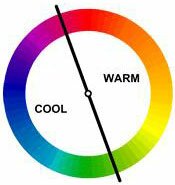
~ Tint – when you add white to a color.
~ Shade – when you add black to a color.
Color Schemes
Color schemes are based on the color wheel and can be used as a guideline when selecting colors for a room. Using one of the four color schemes will give you a pulled together look. There are several variations and different color schemes. To keep things simple I’ve picked the ones that I prefer.
~ Monochromatic – Uses only one color with different shades and tints. It’s generally a good idea to use a lighter shade on your walls and use the darker shades for your accessories. To tone things down a bit add in some neutrals (whites, creams, greys, or browns).
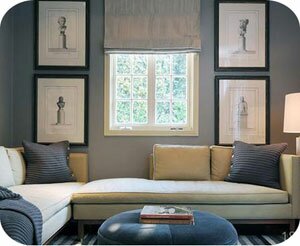 {}
{}
~ Complementary – Uses two colors that are opposite on the color wheel. This creates a very vibrant look especially if the colors are used in their full saturation. Be careful using two colors of the same intensity, you don’t want to create a room that is jarring. Complementary colors work well when you want something to stand out but are very tricky to use in large doses.
- red and green
- blue and orange
- purple and yellow
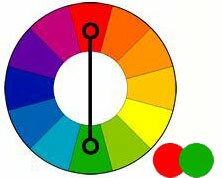
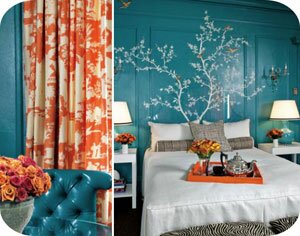 {}
{}
~ Split Complementary – A variation of the Complementary color scheme. It uses a base color and the the two colors adjacent to its complement. This scheme offers the same contrast as the Complementary but with less tension. This is a great choice for beginners because its tough to mess up.
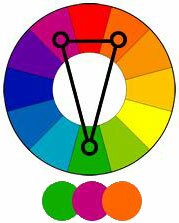
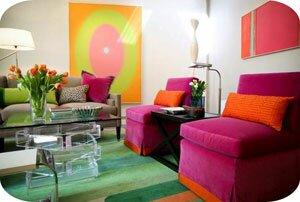 {}
{}
~ Analogous/Harmonious – Uses colors that are next to each other on the color wheel to create a comfortable and serene look. These colors match well and are easy on the eyes. This color scheme works best if you choose colors that are either on the warm side of the color wheel or the cool. This is one of my favorite schemes to follow.
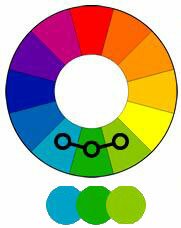
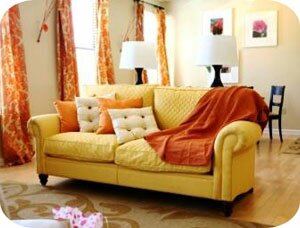 {source}
{source}
~ Triad – Uses colors that are evenly spaced around the color wheel. Just like the complementary color scheme, these can be very overpowering when used in their full intensities. Choose a main color and use the other two in small doses as accents.
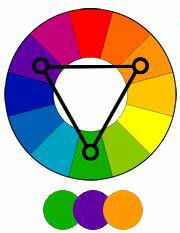
A triad scheme of blue, yellow, and red is another great example
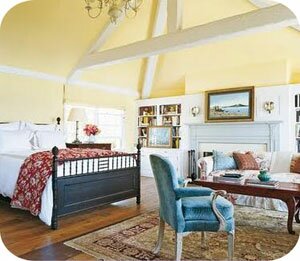 {source}
{source}
When using all of these schemes its important to factor in texture. Textures can change the entire feel of your room and really pull everything together. If you feel like something is missing re-evaluate the amount of texture you have used in the room and add more if necessary.
If you have adjoining rooms follow these steps: pick a color from one of the rooms, choose which color scheme you want to follow, and use it’s flow. Remember, you can use different intensities and shades of any hue.
Phew that was a lot of color talk! So, what’s your favorite scheme?
Make sure you check out my other posts on Picking Paint!
linking up with these great bloggers
*color wheel images
![]() click on that and you can follow along in your preferred reader ex: Google+
click on that and you can follow along in your preferred reader ex: Google+ {source}
{source}











